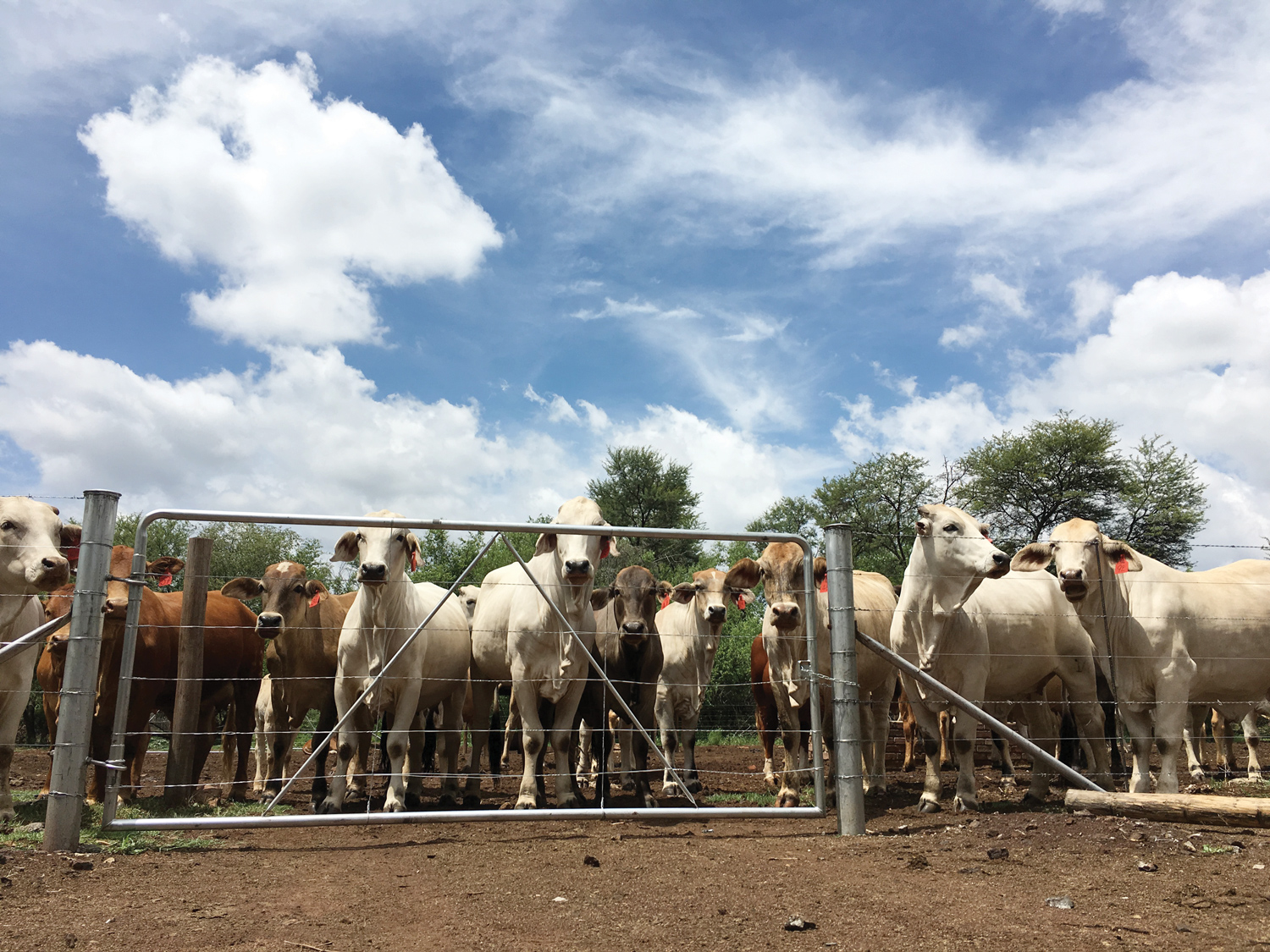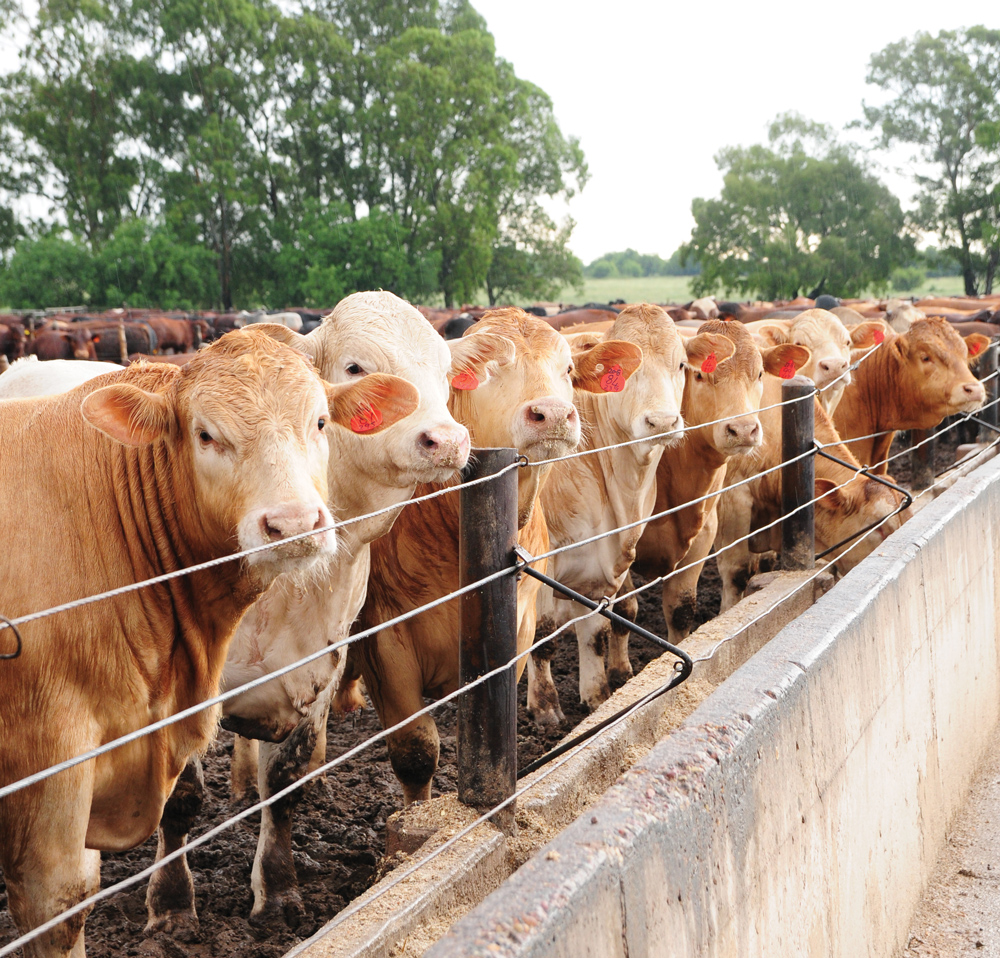March 2025 Photo: Dijan de Waal
CONFUSION REIGNED AMONGST LIVESTOCK FARMERS AFTER A MEDIA PLATFORM STATED THAT THE PUBLIC COULD PURCHASE FOOT-AND-MOUTH DISEASE (FMD) VACCINES FROM ONDERSTEPOORT BIOLOGICAL PRODUCTS (OBP). THE NATIONAL RED MEAT PRODUCERS’ ORGANISATION (NATIONAL RPO) TOOK THE MATTER UP WITH THE RELEVANT PUBLICATION, WHICH THEN ISSUED A CORRECTION AFTERWARDS.
However, many farmers were left confused and there were questions as to why it could not be done. Why can’t farmers protect their animals from FMD by vaccinating them? The RPO wants to implore farmers to always be aware of the facts regarding the regulatory steps that pertain to FMD vaccination.
A STATE-CONTROLLED DISEASE
FMD is listed as a controlled animal disease under the Animal Diseases Act, 1984 (Act 35 of 1984). Other diseases included in this list of controlled diseases are brucellosis, anthrax, rabies, sheep scab and approximately 33 other animal diseases. The list can be obtained from the National Animal Health Forum’s (NAHF’s) website at https://nahf.co.za/controlled-and-notifiable-diseases/.
A controlled and/or notifiable disease means that veterinarians, farmers, farm managers, animal owners and laboratories are legally required to report the disease to the authorities as soon as it is suspected on a farm or in an area. A disease reporting form is used for this purpose and can be obtained from the NAHF’s website.
Once reported, a state veterinarian must intervene and test for FMD while the necessary quarantine barriers are implemented. The World Organisation for Animal Health (WOAH) must also be informed of any suspected or confirmed outbreaks.
VACCINES AND VACCINATIONS
The FMD vaccines used by the National Department of Agriculture (NDA) are procured from the Botswana Vaccine Institute (BVI), according to the stipulated doses needed. The BVI has hosted the WOAH’s regional reference laboratory for FMD since 1985.
As OBP is not a manufacturer or distributor of FMD vaccines, this parastatal cannot sell them. Although it is possible for farmers to purchase and administer vaccines for certain controlled animal diseases (for example, brucellosis and anthrax) from vaccine manufacturers, it is essential to understand that it cannot be done for FMD.
In South Africa, vaccinations are only administered continuously (chronic) in the so-called buffer zone (basically an area surrounding the Kruger National Park). Outside of the buffer zone, vaccination is only administered on farms affected by outbreaks.
Due to the devastating impact of FMD on dairy herds during the recent 2024 outbreak in the Eastern Cape, the Department of Agriculture deviated from the rule, stating that only animals on affected farms can be vaccinated, allowing neighbouring dairy farms to also apply for vaccination.
Vaccination against FMD is the sole responsibility of the NDA. Only this department can decide when and where animals will be vaccinated against FMD – this state organ administers all FMD vaccines. Once the vaccines have been procured from BVI, they are distributed to the various state veterinarians in the affected areas for administration.
Animals vaccinated against FMD must be branded with an ‘F’ on the neck to identify them as vaccinated. The state veterinarians will handle any leftover doses and communicate them to the government, who then decide where to use them.
KNOW THE FMD STATUS OF YOUR AREA
According to the latest update by the NDA (end of November 2024), there are still 38 open cases of outbreaks in the Eastern Cape and 140 in KwaZulu-Natal, with none in the remainder of the provinces.
FMD is quite a unique disease in terms of management, as infected animals and vaccinated animals are treated in the same way. This is due to the difficulty in determining whether the animals test positive due to antibodies from the active virus or the vaccine.
Infected or vaccinated animals cannot just be moved, sold or slaughtered – specific procedures must be followed if anything needs to be done. The procedure to move, slaughter or introduce new animals to the herd is based on a timeframe, starting with Day Zero as the vaccination date, on condition that no new active virus is detected. This is why the vaccine is not available in the open market and cannot be administered as a precautionary measure by everyone.
CONCLUSION

Photo: Dijan de Waal
Publication: March 2025
Section: Pula/Imvula
Author: RPO PRESS RELEASE, 22 JANUARY 2025